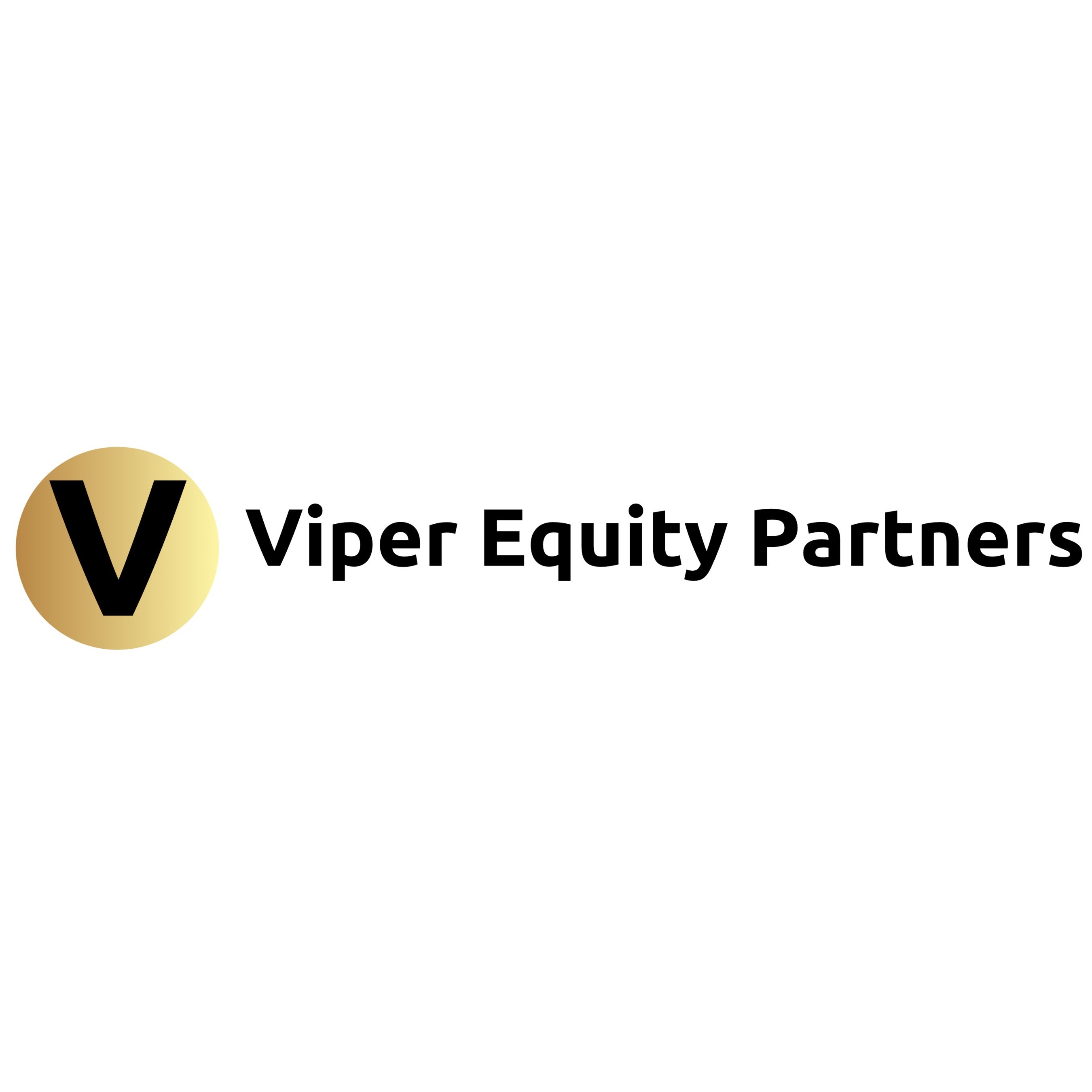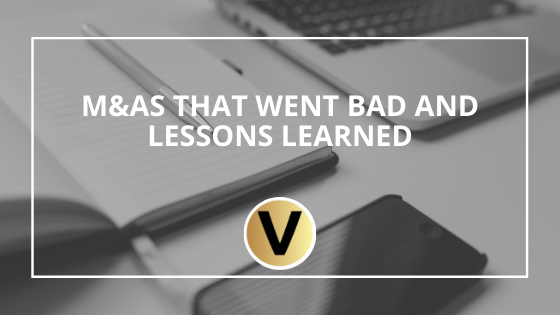The number of completed mergers and acquisitions (M&A) has surged to historic levels in the past two years. M&A volume based on dollar value surged by 300% in 2021 over 2020.
With 2022 entering the second quarter, the white-hot pace of M&A activity continues.
One of the reasons for this increase is that post-pandemic companies have been looking for ways to increase their values. Traditional organic growth strategies have proven far less successful that enabling rapid growth by inorganic means – and that spells an M&A.
However, not all M&As are successful. Not all deals are good ideas, even if they look good on paper. Here are three famous examples:
New York Central and Pennsylvania Railroad
In what seemed like a can’t-miss deal, NY Central and Pennsylvania Rail merged to form Penn Central. It instantly became the sixth-largest corporation in the United States.
Two years later, Penn Central filed for bankruptcy after one of the most monumental high-profile M&As in American history. The reasons for the disaster are complex but among them was unexpected competition from rival transport providers. For example, improved and wider highways enabled trucking to gobble up market share.
Also, however, infighting between the top management of two railroads that were once bitter rivals quickly emerged. After years of biting competition, working together as a single cohesive company quickly ran into intractable problems within.
Quaker Oats and Snapple
Because Quaker Oats achieved a resounding success in managing Gatorade, everyone assumed that taking on another popular beverage, Snapple, would be a natural fit.
But things got off to a bad start when Quaker Oats agreed to pay an astronomical $1.7 billion for Snapple. Wall Street analysts said this was a full $1 billion too much.
So, after taking on a crippling amount of debt, Quaker management exacerbated the error by failing to build the brand with added-value measures. It also found itself lacking in expertise in selling a beverage that was different in many ways from Gatorade.
America Online and Time Warner
In 2001, Time acquired AOL for $165 billion. The only problem? AOL was a classic example of a dot.com company that was wildly overvalued. Shortly after the deal, the dot-com bubble burst and AOL lost an astounding $99 billion.

